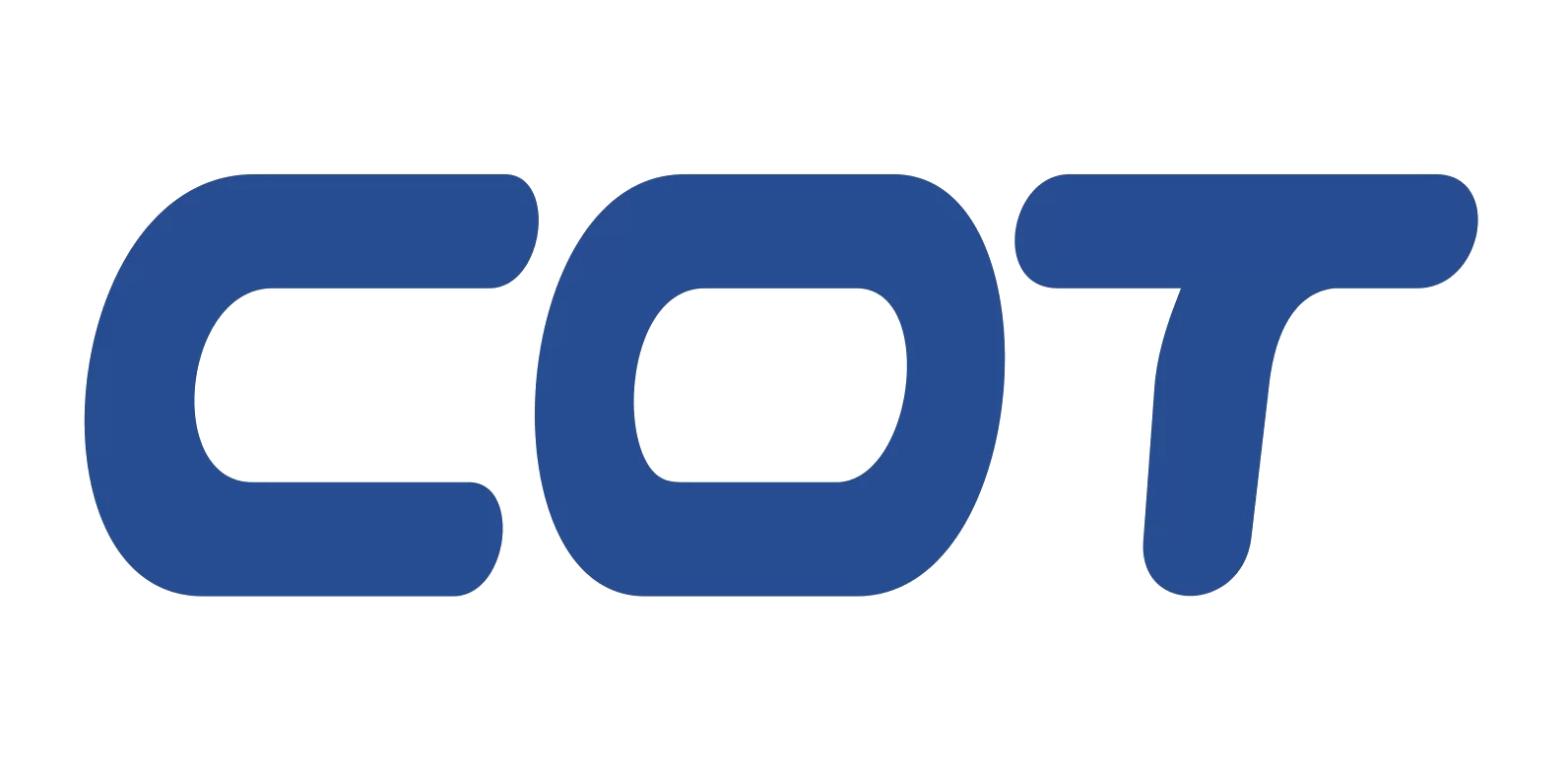Serial Number | Model | Resistance(mΩ) | TCR(ppm/℃) | Accuracy(%) | Encapsulation |
1 | 2512MA03FR001S | 1 | ±75 | ±1 | 2512 |
2 | 2512MA03F002S | 2 | ±50 | ±1 | 2512 |
3 | 2512MP04FR003 | 3 | ±75 | ±1 | 2512 |
4 | 3921MP09F0M50 | 0.5 | ±150 | ±1 | 3921 |
CSR Typical Application - Photovoltaic Inverter
Current Sensing Resistors (CSR) play a crucial role in photovoltaic inverters. They are commonly used in circuit designs such as current sampling, short-circuit protection, signal processing, and transmission, especially in photovoltaic inverters. CSR is used to detect and control current to ensure stable operation and efficiency of the system.
In the application of photovoltaic inverters, CSR not only needs to have high precision and stability, but also needs to adapt to the operational requirements of the inverter under various environmental conditions. For example, Huawei's intelligent photovoltaic controller mentions the requirement for current sensing in its specification parameters, including maximum DC input voltage, maximum input current per MPPT, etc. These are key parameters to ensure the efficient and safe operation of the inverter.
- current monitoring
- Overcurrent protection
- Load Balancing
- Size and packaging
- Accuracy and stability
- Power Handling Capability
What is the working principle of the current sensing resistor in photovoltaic inverters?
Current detection: When the direct current generated by the photovoltaic module passes through the current sensing resistor, according to Ohm's law (V=IR), a voltage proportional to the current will be generated on the resistor. The analog/digital converter (ADC) inside the inverter detects this voltage and converts it into a digital signal for processing by the microcontroller (MCU) to obtain the actual current value.
Short circuit protection: If a short circuit occurs in the photovoltaic system, the current will increase sharply, causing the voltage on the current sensing resistor to rise sharply. After detecting abnormally high voltage signals, the inverter will quickly take measures to cut off the circuit to protect the system from damage.
Overload protection: Current sensing resistors can also be used for overload protection. When the detected current exceeds the rated value of the inverter, the inverter will reduce its output power or shut down to prevent overheating and potential damage.
Maximum Power Point Tracking (MPPT): In some inverter designs, current sensing resistors are also used in conjunction with maximum power point tracking algorithms to optimize the power output of photovoltaic modules.
Insulation testing: Photovoltaic inverters also need to undergo insulation testing to ensure that the photovoltaic array has sufficient insulation impedance to ground, preventing leakage and electric shock risks. This usually involves measuring the resistance value of the photovoltaic array to ground and ensuring that it is within a safe range.
What are the accuracy requirements for current sensing resistors in photovoltaic inverters under different operating conditions?
Accuracy: The current sensing resistor needs to be able to accurately measure the current flowing through the photovoltaic inverter to ensure that the inverter's control algorithm can accurately perform maximum power point tracking (MPPT) and system protection. Accuracy is usually expressed as a percentage of error, such as ± 1% or ± 2%. Stability: CSR should maintain stable performance under different temperatures and working conditions, unaffected by environmental changes. This includes maintaining its accuracy even under extreme temperatures, humidity, and mechanical stress. Response time: Under dynamic working conditions, such as the output changes of photovoltaic arrays under changes in sunlight, CSR needs to quickly respond to changes in current in order for the inverter to adjust its working state in a timely manner. Linearity: The output signal of CSR should have a linear relationship with the current flowing through it, in order to accurately measure currents of different sizes. Long term reliability: CSR needs to maintain the performance of photovoltaic inverters throughout their entire service life, without reducing accuracy due to aging or fatigue. Electromagnetic compatibility: Photovoltaic inverters are subject to electromagnetic interference in the power grid during operation, and CSR needs to have sufficient anti-interference capabilities to ensure measurement accuracy. Insulation performance: CSR needs to have good insulation performance to prevent breakdown or leakage under high voltage and ensure the safe operation of the system.
What factors should be considered when selecting a current sensing resistor?
Including resistance, accuracy, temperature coefficient (TCR), power processing capability, and size. For example, the current sensing resistors provided by Delta have the characteristics of small size, high precision, and low temperature coefficient. The resistance range is from 0.2M Ω to 10 Ω, and the rated power also varies
Generic Application
- CSR is used to improve energy efficiency and power management across all types of adapters. By precise current monitoring and optimizing the thermal design of the adapter, the product life can be extended. Support the miniaturization design of adapters while maintaining high performance and reliability.
What are the considerations for CSR in design?
Factors to consider during design include resistance value, power rating, temperature coefficient, packaging size, and cost. Low resistance values can reduce power loss, but may require more precise amplifiers. In addition, resistors with low temperature coefficients can provide more stable measurements, but the cost may be higher.
What are the possible problems that CSR may encounter in practical applications?
Possible problems encountered in practical applications include the influence of parasitic resistance, errors caused by PCB layout, and changes in resistance values due to environmental temperature fluctuations. To reduce these effects, Kelvin connections (four terminal connections) can be used to minimize the impact of parasitic resistance, and the performance of the signal chain can be optimized through carefully designed PCB layouts.

